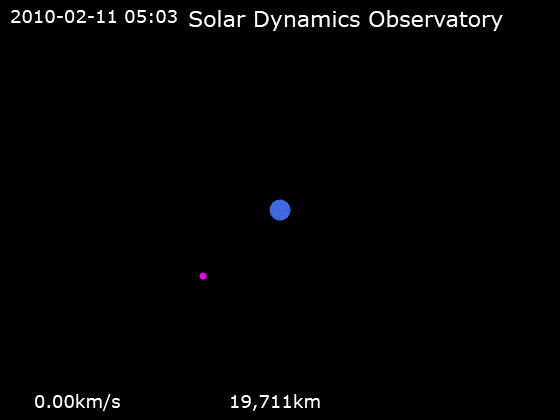Discovery of 'Teenage' White Dwarf Pulsar Reveals Stellar Evolution Link

A research team from the California Institute of Technology (Caltech) has identified a unique astronomical object, designated Gaia22ayj, which they describe as a 'teenage' white dwarf pulsar. This discovery, published in the *Publications of the Astronomical Society of the Pacific* on June 10, 2025, represents a significant milestone in understanding the lifecycle of magnetic stars. The object is believed to bridge the gap between younger, rapidly spinning white dwarf pulsars and older, slowly rotating systems, offering vital insights into stellar evolution.
The study was spearheaded by a team including Kareem El-Badry, Assistant Professor of Astronomy; Shri Kulkarni, George Ellery Hale Professor of Astronomy and Planetary Science; and Tom Prince, Ira S. Bowen Professor of Physics, Emeritus. They utilized data from Caltech's Zwicky Transient Facility (ZTF), which conducts wide-field scans of the northern hemisphere night sky every two days. This facility has been instrumental in identifying transient astronomical phenomena, such as Gaia22ayj, which was first detected in 2022.
Initially classified as a detached double white dwarf binary, further observations from the W. M. Keck Observatory in Hawaii prompted researchers to reconsider this classification. According to Tony Rodriguez, a graduate student with the ZTF Stellar Group, the light curves of Gaia22ayj suggested a more complex interaction than initially thought. “We realized that we were looking at a white dwarf star orbited by a low-mass star, rather than another white dwarf,” Rodriguez stated. This revelation indicated that Gaia22ayj is likely a highly magnetic system, with significant implications for its evolutionary status.
The pulsar exhibits a rapid spin period of approximately nine minutes, which is slower than known white dwarf pulsars yet faster than typical white dwarf binaries. This unique spin rate, coupled with the observed mass transfer from its companion star, positions Gaia22ayj as a pivotal object in the study of magnetic white dwarfs. Rodriguez emphasized the significance of this discovery, noting that it marks the first observation of a star in its 'teenage' phase—an evolutionary stage lasting about 40 million years, which is less than 1% of the white dwarf's total lifespan.
The implications of this discovery extend beyond mere classification. Understanding the characteristics and behaviors of Gaia22ayj could enhance knowledge regarding the evolution of magnetic fields in stars, and their eventual fate. This research contributes to a broader understanding of stellar evolution, particularly the transition phases between different forms of white dwarfs, which can lead to phenomena such as supernovae or neutron stars.
The study's findings not only illuminate the lifecycle of stars similar to our Sun but also provide a framework for future research into the dynamics of binary star systems and their magnetic properties. As further observations are made, Gaia22ayj may serve as a key reference point for understanding the complex interactions within these stellar systems.
In summary, the discovery of the 'teenage' white dwarf pulsar Gaia22ayj represents a crucial advancement in astrophysics, linking different stages of stellar evolution and enhancing the understanding of magnetic stars. As astronomers continue to study similar transients, the insights gained may reshape existing theories about the lifecycle of stars and their eventual transformations in the cosmos.
Advertisement
Tags
Advertisement





